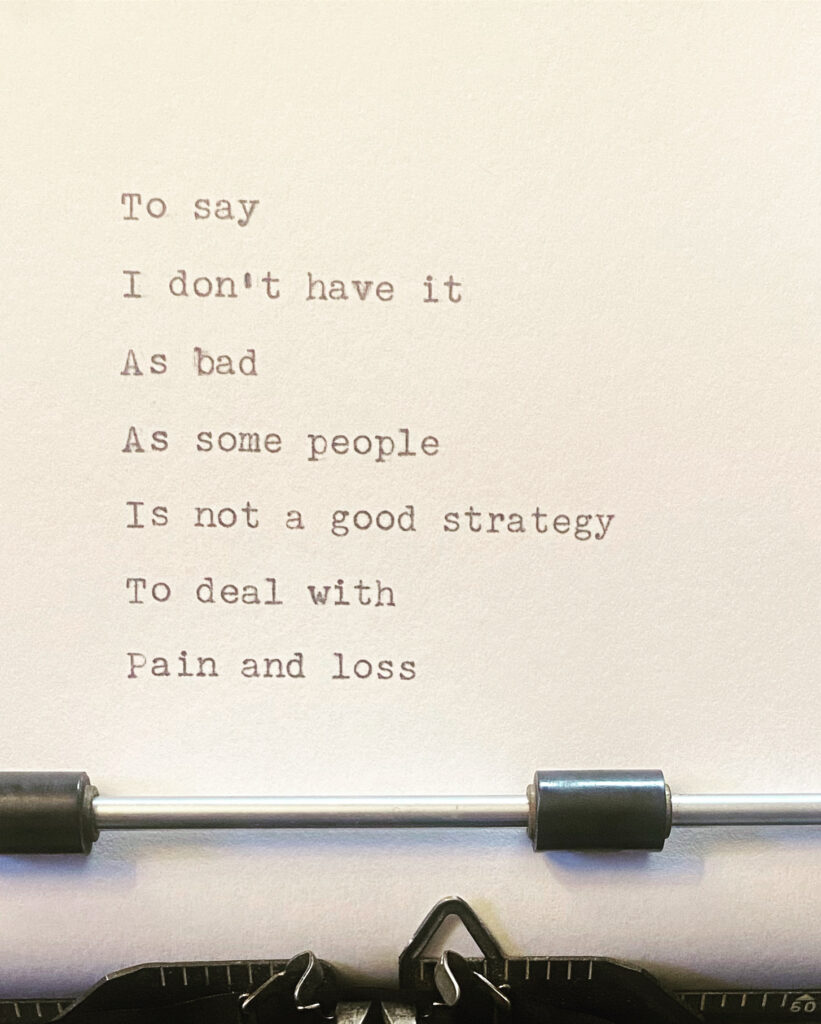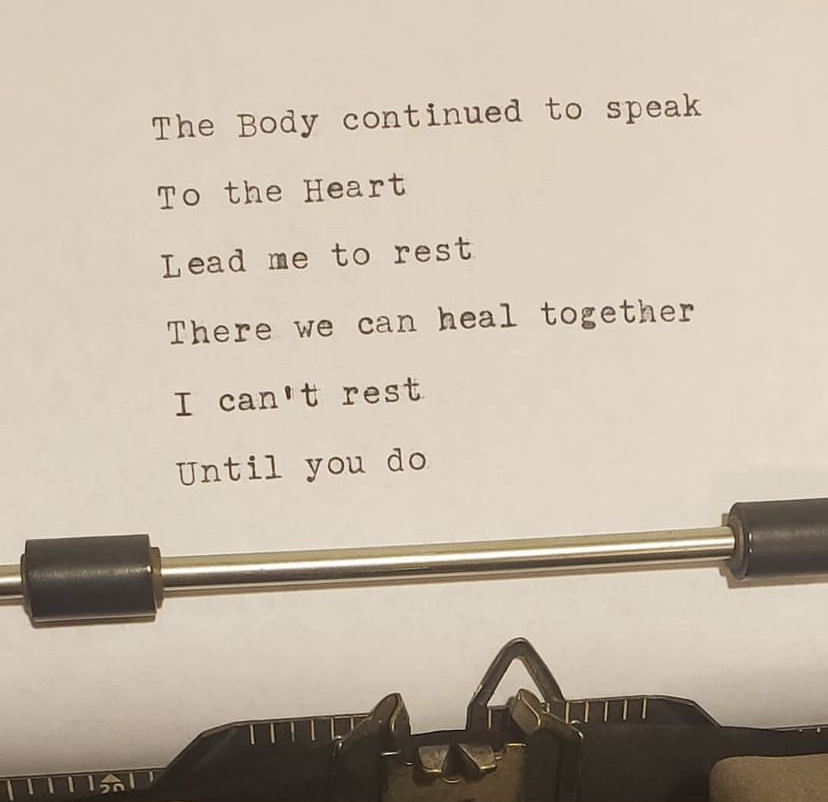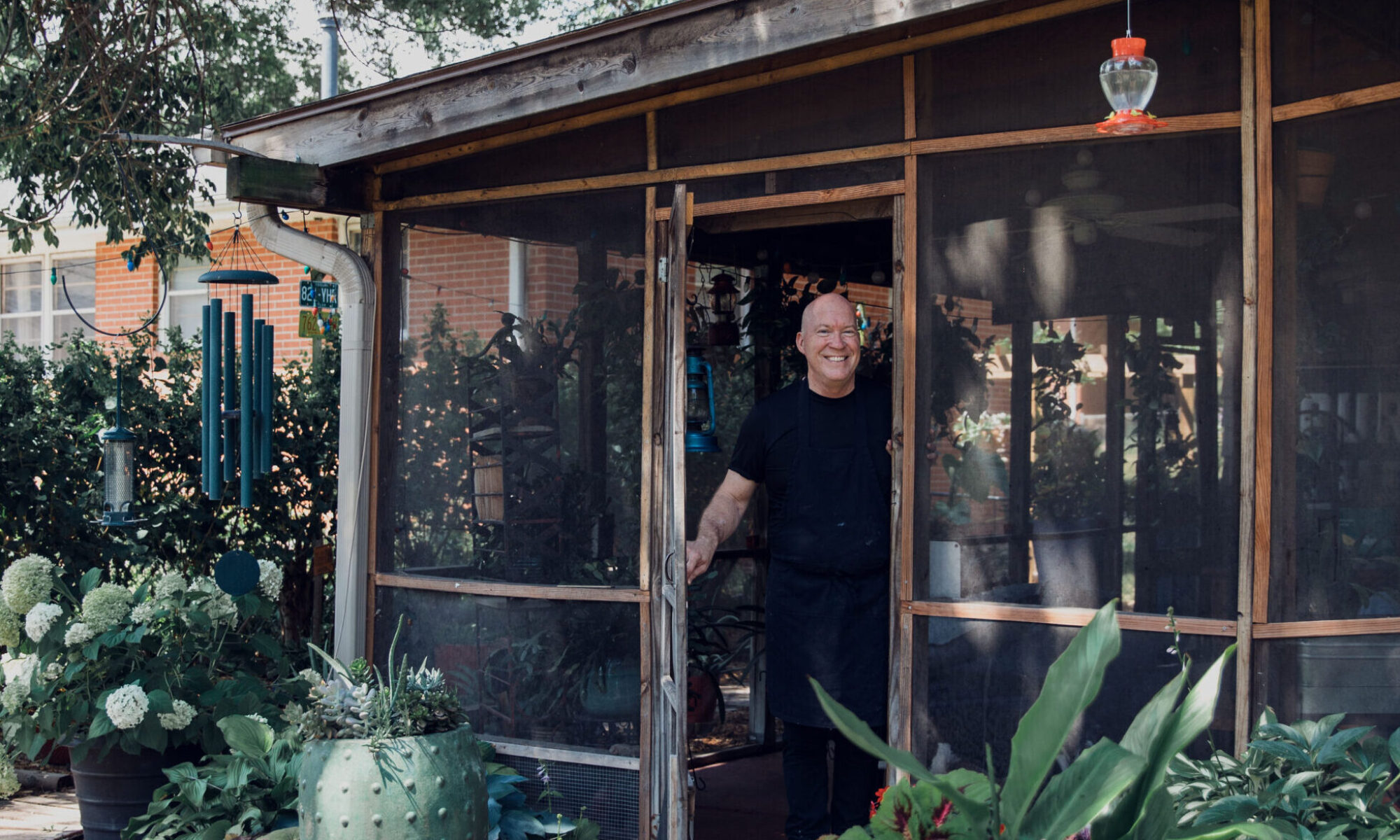Three weeks ago, I nearly got hit by an inattentive driver as I was crossing a busy street in the crosswalk. I’m still processing the experience.
I was walking home from the grocery story, which is only three blocks from my house. I often feel lazy for driving such a short distance. In my year and a half experiment of going without a car, I got used to walking out of necessity. I still maintain that practice now that I have a vehicle.
On Day 21,963, I had my two bags of groceries, one in each hand, and waited at the curb for the red hand to turn into a white pedestrian figure. When the signal changed, I took a step into the street, but instinctively looked both ways as we were taught as children with the little jingle about street safety.
My dad had a saying that he burned into my psyche as he was teaching me how to drive.
“Son, you may have the right-of-way here, but you can be dead right, too.”
That came to mind as a car made a right hand turn in front of me, forcing me to stop and wait for the driver to pass.
After the coast seemed clear, I continued into the crosswalk, and a driver from the opposite direction began a left-hand turn. I heard his engine rev and suddenly noticed he was speeding up into his turn. He was coming straight towards me while I was halfway into the street.
The human brain is an amazing center of calculations. And in what was a split second evaluation, in retrospect, it felt like it took much longer for me to decide what to do. I remember three options:
First, was to freeze and take the hit. My rationale was that I would not have time to get out of the way, and if I went limp, the blow might have less effect.
The second choice was to jump up onto the hood of the truck. In doing so, I might roll off to one side and not face the blunt force of his front bumper.
The third was to run through the crosswalk to the center median, even though I may run into the path of another vehicle.
I chose the latter and missed getting hit by inches. I could feel the rush of air as the pickup blew by me.
I continued to the other side of the street. I was shaking so much, I had to sit down. As I did, I looked back across the way. The lights turned green and traffic resumed.
I said out loud, as if needing someone to hear me,
“What just happened?”
My first impulse was to brush it off. No harm, no foul. Carry on. Right?
But if it wasn’t a big deal, why was my body trembling uncontrollably?
I was taught growing up to always look on the bright side of every situation. “Be thankful for what you miss out on” was a common saying in my family. And the bright side was that I was OK and nothing bad happened. But a voice kept calling out to me from a deeper place. It was inviting me to look on the dark side.
Just as my mind had processed the options available to me in the split second reaction of the ordeal, I intuitively knew that I would have to do the same thing on this side of the near accident. I would have to process the “what if…?” side of the equation.
My personal experience with grief and loss in these latter years of my life has taught me that, while fear might always be present, I cannot allow it to prevent me from summoning the courage to explore the unknown places where possible pain might still reside.
At that same crosswalk are the weathered remains of a makeshift memorial. It serves to honor the lives of two young women who lost their lives when hit by a speeding car on the night of May 30, 2022. I walked by it intentionally during walking trips to the supermarket over the last year. I stopped and looked at the pictures taped to the light pole. It was a sad reminder of what will no longer be for these friends and family.
Why in the world would I do that to myself?
Because I don’t want to use their tragedy to make myself feel better.
A very common strategy for dealing with traumatic situations is to compare my circumstances to someone else’s. How often have I said, “At least my problems aren’t as bad as some people.” I no longer buffer my pain in this way.

Most of us who have been the recipient of some type of medical care are familiar with the Pain Scale. The healthcare worker will ask the patient, “from 1 to 10, how bad is your pain?” The reason this is an effective tool of analysis is they aren’t looking for an average or comparison. They are looking for how it feels to YOU in that moment, not how it’s supposed to feel based on a cross section of historical data. There is no standard for how a migraine should feel versus how a sprained ankle should feel. They are there to treat the pain, however it feels All pain has its acute effects and it does no good to downplay it because I think I shouldn’t be feeling this bad.
It took a solid week for my body to move out of its trauma response. Even then I caught myself in a comparison cycle. “Is a week enough? Am I overreacting? Should I be feeling this way?
I will summarize this post in one statement: listen to your body. It will tell you everything it needs to know. It’s the keeper of trauma and pain. And it needs the ears of the attentive heart to heal.

